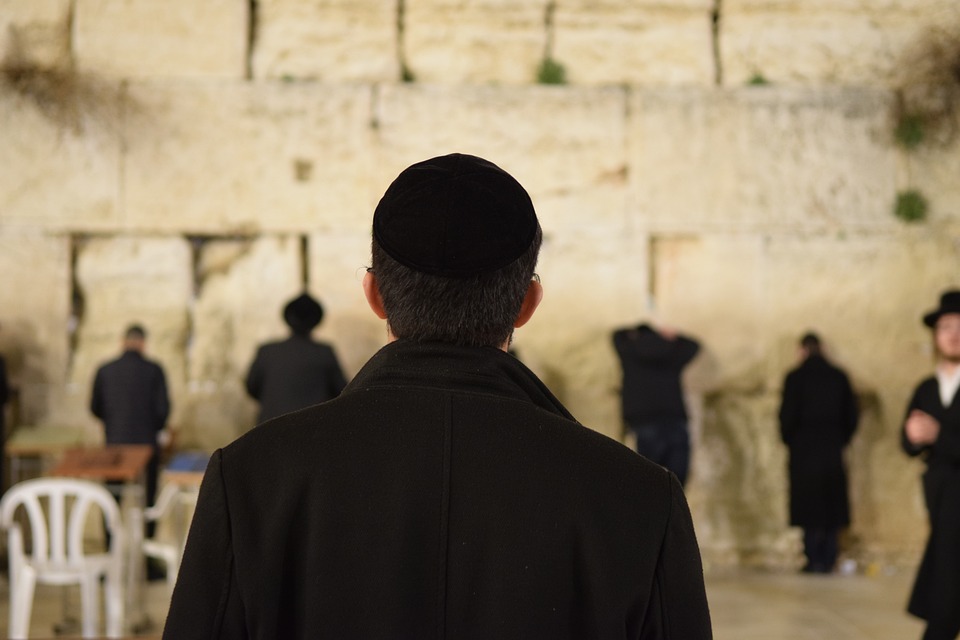Examining the Intersection of Judaism and American Culture in Jewish American Literature
In the realm of literature, the works of Jewish American writers have often grappled with the complex intersection of Judaism and American culture. From exploring themes of identity, heritage, and assimilation to addressing the complexities of belonging and otherness, Jewish American literature offers a unique perspective on the experiences of Jewish people in America.
The Immigrant Experience
One of the recurring themes in Jewish American literature is the immigrant experience. Many Jewish Americans are descendants of immigrants who came to America seeking refuge and a better life. Writers such as Anzia Yezierska, Abraham Cahan, and Isaac Bashevis Singer have captured the struggles and triumphs of these immigrants in their works.
Through their stories, these writers explore the tension between preserving one’s cultural heritage and assimilating into American society. They depict the challenges faced by immigrants as they navigate the complexities of identity and belonging in a new land. In “Bread Givers,” Anzia Yezierska tells the story of a young Jewish immigrant girl who must navigate her traditional Jewish upbringing while striving to achieve independence in America.
Religious Identity
Jewish American writers also delve into questions of religious identity, faith, and tradition in their works. Philip Roth, for example, explores the complexities of Jewish identity in his novel “The Plot Against America.” The novel imagines an alternate history in which the anti-Semitic Charles Lindbergh becomes president of the United States, leading to the persecution of Jews in America.
Other writers, such as Allegra Goodman and Dara Horn, explore the themes of faith, belief, and tradition in their works. Goodman’s novel “Kaaterskill Falls” delves into the lives of an Orthodox Jewish community in upstate New York, examining the tensions between faith and modernity. Dara Horn’s novel “The World to Come” intertwines themes of religion, history, and family as it follows a woman’s quest to uncover the secrets of her ancestors.
Cultural Assimilation
The concept of cultural assimilation is another important theme in Jewish American literature. Many Jewish immigrants and their descendants have grappled with the question of how to retain their cultural heritage while also integrating into American society. Writers such as Saul Bellow and Bernard Malamud explore this tension in their works.
In Bellow’s novel “The Adventures of Augie March,” the protagonist struggles to find his place in a rapidly changing America while also reconciling his Jewish heritage. Malamud’s “The Assistant” tells the story of a young Jewish man who becomes entangled in the lives of an Italian-American family, raising questions of identity and belonging.
Memory and Trauma
Memory and trauma are also central themes in Jewish American literature. Many Jewish Americans are descendants of Holocaust survivors, whose experiences have left lasting scars on subsequent generations. Writers such as Art Spiegelman and Cynthia Ozick grapple with the legacy of trauma in their works.
Spiegelman’s graphic novel “Maus” is a powerful depiction of the Holocaust, told through the eyes of his father, a survivor. The novel explores the intergenerational transmission of trauma and the ways in which memory shapes identity. Ozick’s “The Shawl” is a haunting portrayal of a Holocaust survivor grappling with the loss of her family and the weight of memory.
Conclusion
In conclusion, the works of Jewish American writers offer a rich tapestry of themes and issues related to the intersection of Judaism and American culture. From the immigrant experience to questions of religious identity, cultural assimilation, memory, and trauma, Jewish American literature provides a unique perspective on the experiences of Jewish people in America.
Through their works, these writers explore the complexities of identity, heritage, and belonging, offering insights into the challenges faced by Jewish Americans as they navigate their dual identities. By examining the intersection of Judaism and American culture in literature, we gain a deeper understanding of the rich and diverse tapestry of Jewish American experiences.
